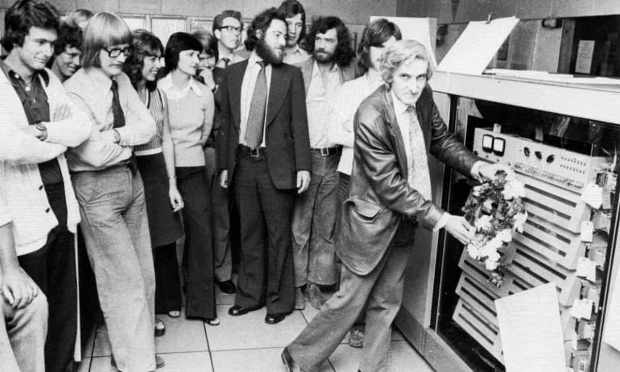Brooker was involved in early computer research at the University of Cambridge when he stopped at the University of Manchester to tour its computer lab, which was among the first of its kind. Dropping in unannounced, he introduced himself to Alan Turing, a founding father of the computer age, who at the time was the lab's deputy director. When Brooker described his own research at the University of Cambridge, he later recalled, Turing said: "Well, we can always employ someone like you." Soon they were colleagues.
. Brooker joined the Manchester lab in October 1951, just after it installed a new machine called the Ferranti Mark 1. His job, he told the British Library in an interview in 2010, was to make the Mark 1 "usable".
Turing had written a user's manual, but it was far from intuitive. To program the machine, engineers had to write in binary code -- patterns made up of 0s and 1s -- and they had to write them backward, from right to left, because this was the way the hardware read them.
It was "extremely neat and very clever but pretty meaningless and very unfriendly", Brooker said. In the months that followed, Brooker wrote a language he called Autocode, based on ordinary numbers and letters. It allowed anyone to program the machine -- not just the limited group of trained engineers who understood the hardware.
This marked the beginning of what were later called "high-level" programming languages -- languages that provide increasingly simple and intuitive ways of giving commands to computers, from the IBM mainframes of the 1960s to the PCs of the 1980s to the iPhones of today.




